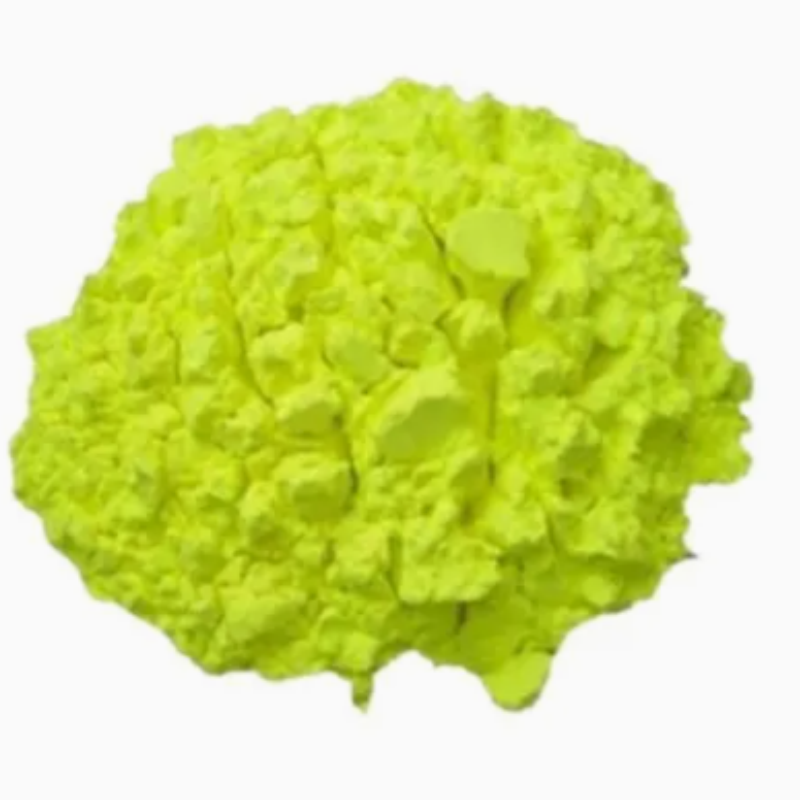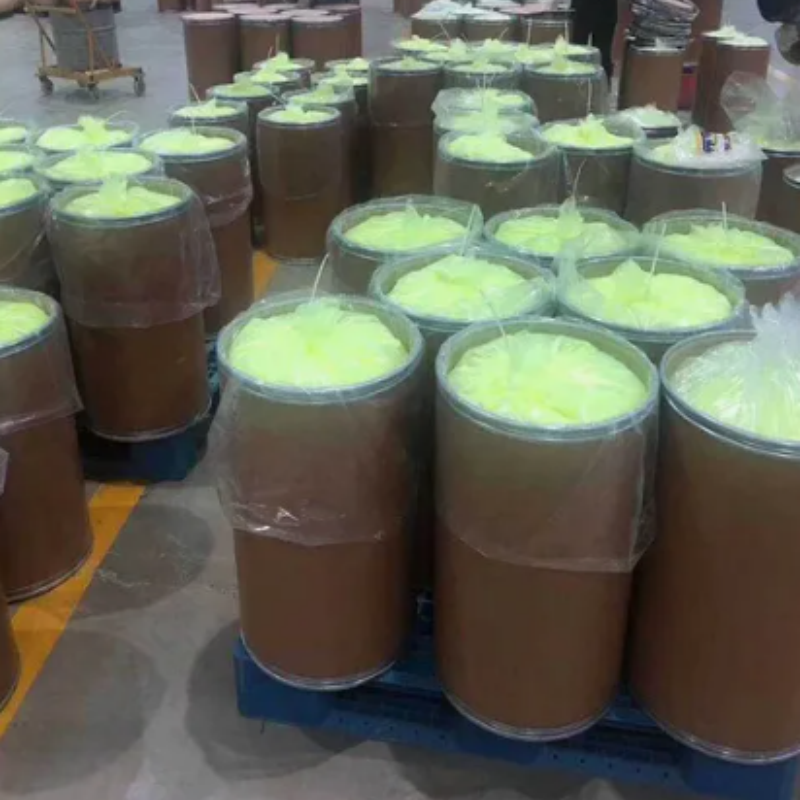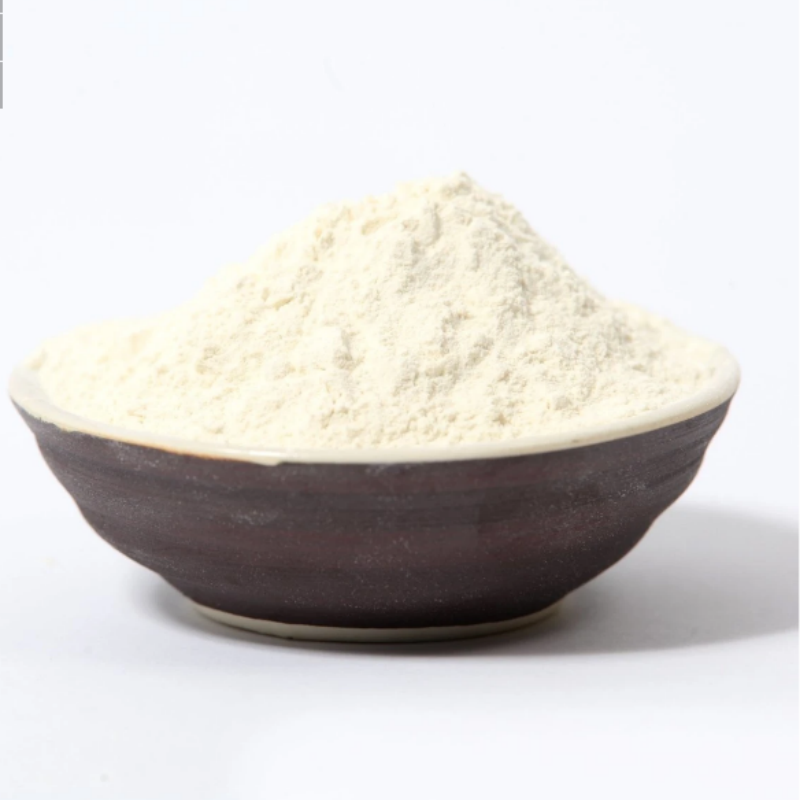-
Categories
-
Pharmaceutical Intermediates
-
Active Pharmaceutical Ingredients
-
Food Additives
- Industrial Coatings
- Agrochemicals
- Dyes and Pigments
- Surfactant
- Flavors and Fragrances
- Chemical Reagents
- Catalyst and Auxiliary
- Natural Products
- Inorganic Chemistry
-
Organic Chemistry
-
Biochemical Engineering
- Analytical Chemistry
-
Cosmetic Ingredient
- Water Treatment Chemical
-
Pharmaceutical Intermediates
Promotion
ECHEMI Mall
Wholesale
Weekly Price
Exhibition
News
-
Trade Service
The PP1901 contract opened at 9769 yuan, the highest was 9799 yuan, the lowest was 9745 yuan, and it closed at 9772 yuan, up 28 yuan, or 0.
29%.
The trading volume was reported 248254 lots, and the position increased by 2884 lots to 470720 lots
.
News: From January to June 2018, the cumulative output of plastic products in industrial enterprises above designated size in China was 31.
583 million tons, a year-on-year increase of 1.
6%.
From the perspective of demand, China's per capita plastic consumption is still far behind
that of developed countries in the world.
Our country is only 30:70, which is less than the world average of 50:50, and far less than the 70:30 of developed countries such as the United States and the 63:37
of Germany.
In the future, with the technological progress and consumption upgrading of modified plastics in China, China's plastic products need to maintain a growth rate
of more than 10%.
Raw material price: naphtha CF Japan reported 686.
5 US dollars / ton, up 1.
22%; FOB Singapore was trading at $74.
52 a barrel, up 1.
09%.
South Korea's FOB propylene price was $1110 / ton, up $20, and the domestic propylene price was 9275 yuan / ton, flat
.
Spot price: Southeast Asia reported $1235, down $10; The Far East was flat at $1,220 /
tonne.
Domestic: North China Qilu reported 10,000 yuan, down 30 yuan; East China Sanyuan 10,000 yuan, up 80 yuan; South China Maoming 10,100 yuan, flat
.
PP1901 opened slightly higher, trading sideways around the intraday moving average throughout the day, and the position increased
slightly.
Fundamentally, the decline in social inventory has formed a certain support for the futures price, but the downstream demand has not kept up in time, and the loosening of spot prices has formed a certain pressure
on the futures price.
Technically, the MACD indicator has flattened the central axis, and the KDJ indicator has turned downward, indicating a rebound or dying
.
Operationally, it is advisable
for investors to wait and see for the time being.







